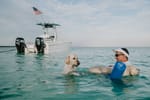Table of Contents
Fellow explorers,
There’s a small Greek island in the middle of the Mediterranean Sea called Karpathos that houses a little over six thousand people. That number is only accurate during winter though. Throughout summer, that number more than doubles for its Greek inhabitants but increases to around 20K at the same time when taking tourists into account as well. This might sound like much but, for context, these numbers pale in comparison to the island right next to it, Rhodes, which houses around 115K people, with about 1.9 million tourists passing through each year. Karpathos hasn't been discovered by many tourists yet and can, therefore, still be considered a small island by all accounts. Our ten-day trip there had a main purpose of relaxing and soaking up some vitamin D. The tiny beaches in the south are perfect for that. I couldn't help myself though and still went on a few walks. Sitting still is nice, but I can only do it after I just ran up a mountain (or something of the equivalent). So I did just that. It was during those walks that I discovered the duality of Karpathos.
Now, I'm not just saying I went there and immediately 'understood' it in all its complexities. I'm not that situationally aware. I was aided by the words of a local we met the other day, "All these buildings you see along the coastline right now weren't even here five years ago." It's a statement that doesn't seem super significant at first because development for tourism happens all around the globe, usually at high speed. But it was these words that primed me just enough to start seeing what I think is the story of the island. At least in its current form.
All these buildings you see along the coastline right now weren't even here five years ago.
Hints
While you can still find hints of the first restaurants and mini-markets that opened a long time ago, probably predominantly for the Greeks themselves, the coastal area is now dominated by new developments. The novelty of the buildings also means they are all pristine looking. Most still possess their first coat of white plaster that hasn't faded from the weather yet. It's a pleasant sight that signals a type of cleanliness but also some level of inauthenticity. You can tell this is not what life has been like before because, you guessed it, most of these new buildings are either hotels or luxury apartments. There's only the sporadic local home sprinkled throughout. Homes of people who could appreciate the natural beauty of this coastline long before any Transavia flight reached the island.
A little further inland, the island's origins become apparent quickly. You'll find a simple infrastructure with just single roads between villages, weaving their way through a landscape that's mostly empty or otherwise used for agriculture. The landscape is monotonous, with modest farms sporting yellowing plastered walls, but is diversified by the occasional little church that is meticulously maintained by the family that owns it. Higher up in the mountains, the traditions you will no longer find down at the coast are still prevalent. Life isn't centered around tourism there, and people still practice their crafts and cultivate their communities.
Work
Throughout all this, you will see construction work more than anything. New land is reclaimed and new buildings are put up with the same concrete foundations all over the island. A small reminder of the island's simpler days comes from the improvised-looking wooden ladders. The steps are inconsistent, and each ladder looks like it's disposable. They will probably be taken apart and dumped as soon as construction finishes.
The contrast between all these things is what caught my attention. It's obvious life is in no way 'new' on the island, but there's definitely a new wave approaching. The first disturbances can already be felt in the water. Like an undercurrent that tries to grab you by your feet. Even on our ten-day trip, we could see the rapid increase in preparations for the high season that's coming up. Beach beds are being set up, repairs are made where necessary, and shops expand their opening hours more and more. We were there well before this year’s 20K peak was reached, but everything tells you that, in time, that peak will increase, and increase, and increase.
Transience
It’s fine, I hope. The local we talked to expressed some concern between the lines but mostly showed optimism. Wether that was from the kindness of his heart or out of politeness to us will remain a mystery. I am mostly glad I got to photograph the island in its current state. I'm fairly certain Karpathos will soon follow in the footsteps of its big brother Rhodes, so the transience of the place is what made it photographically interesting to me. Maybe I'm wrong though, and little will change in the coming years. Who knows? Maybe me, when I visit again in ten years to find out?

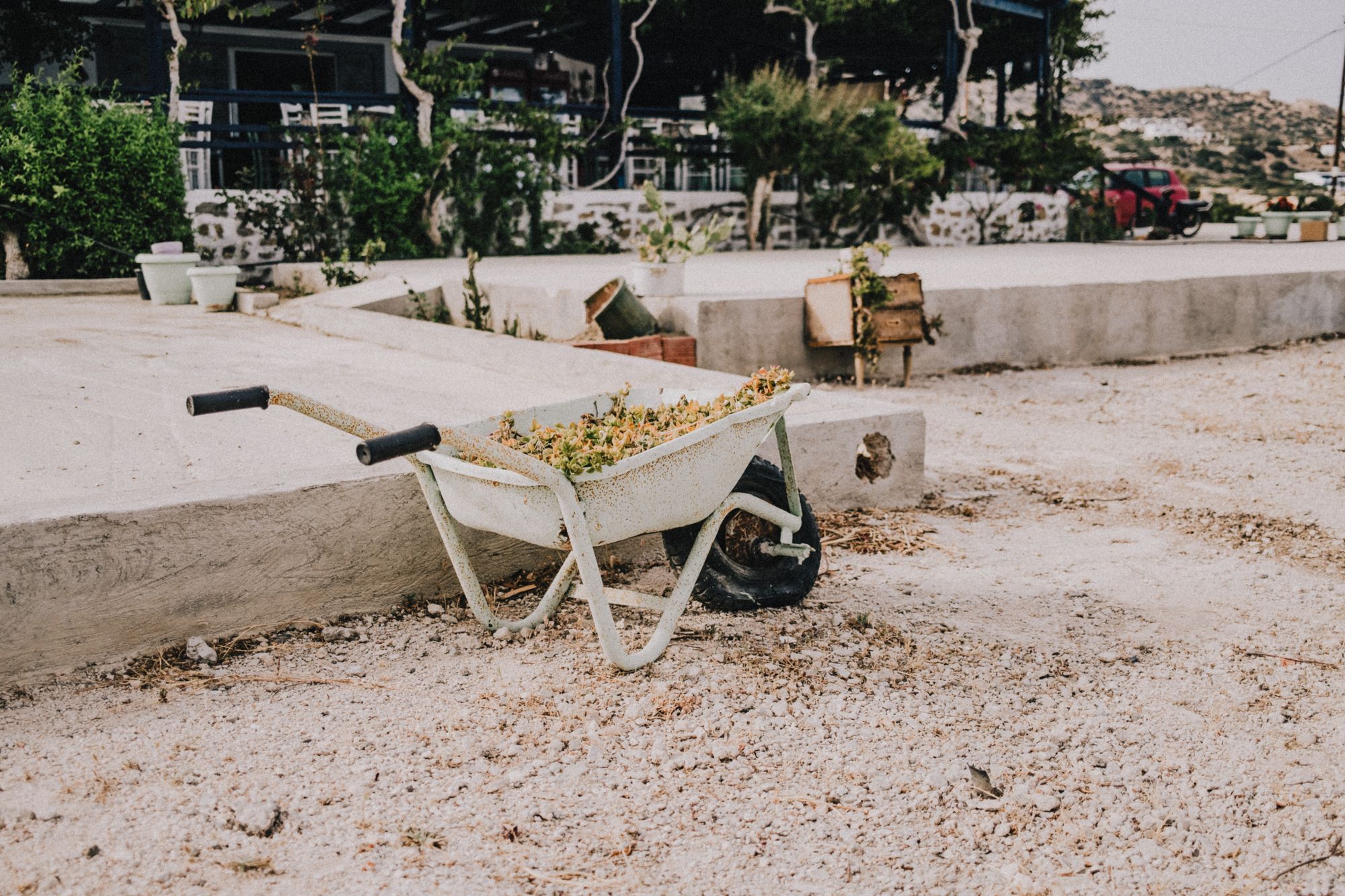






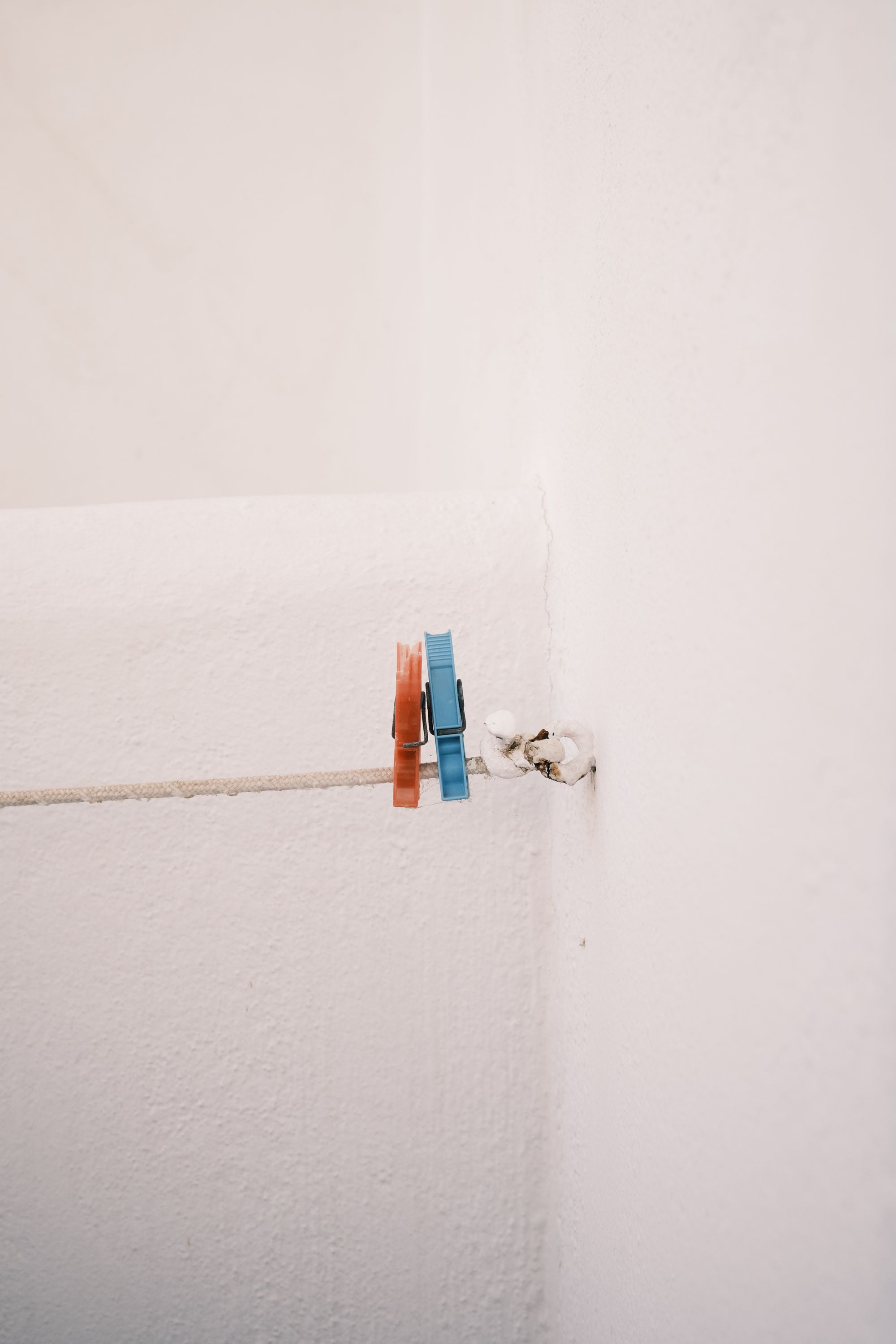
























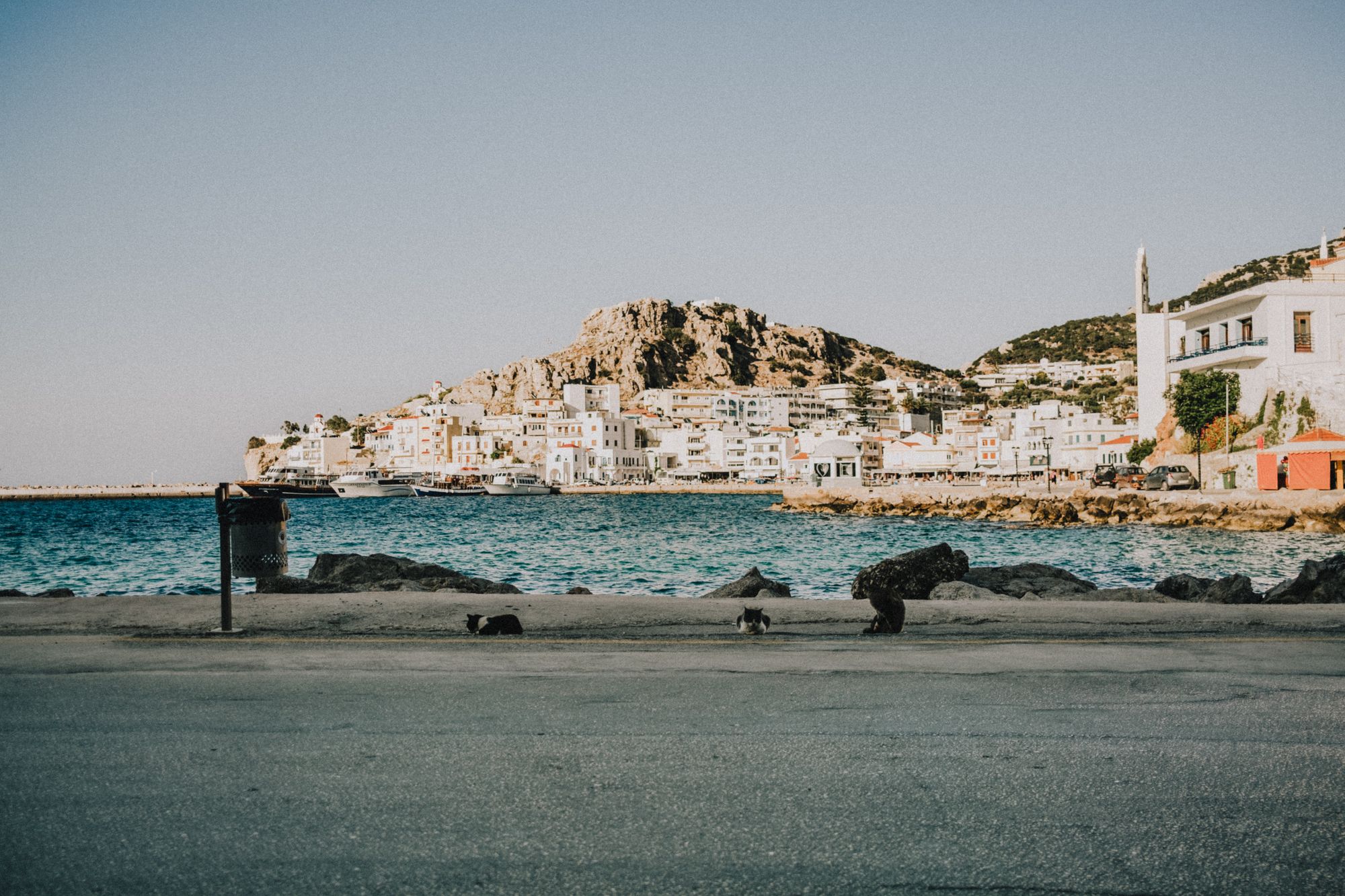








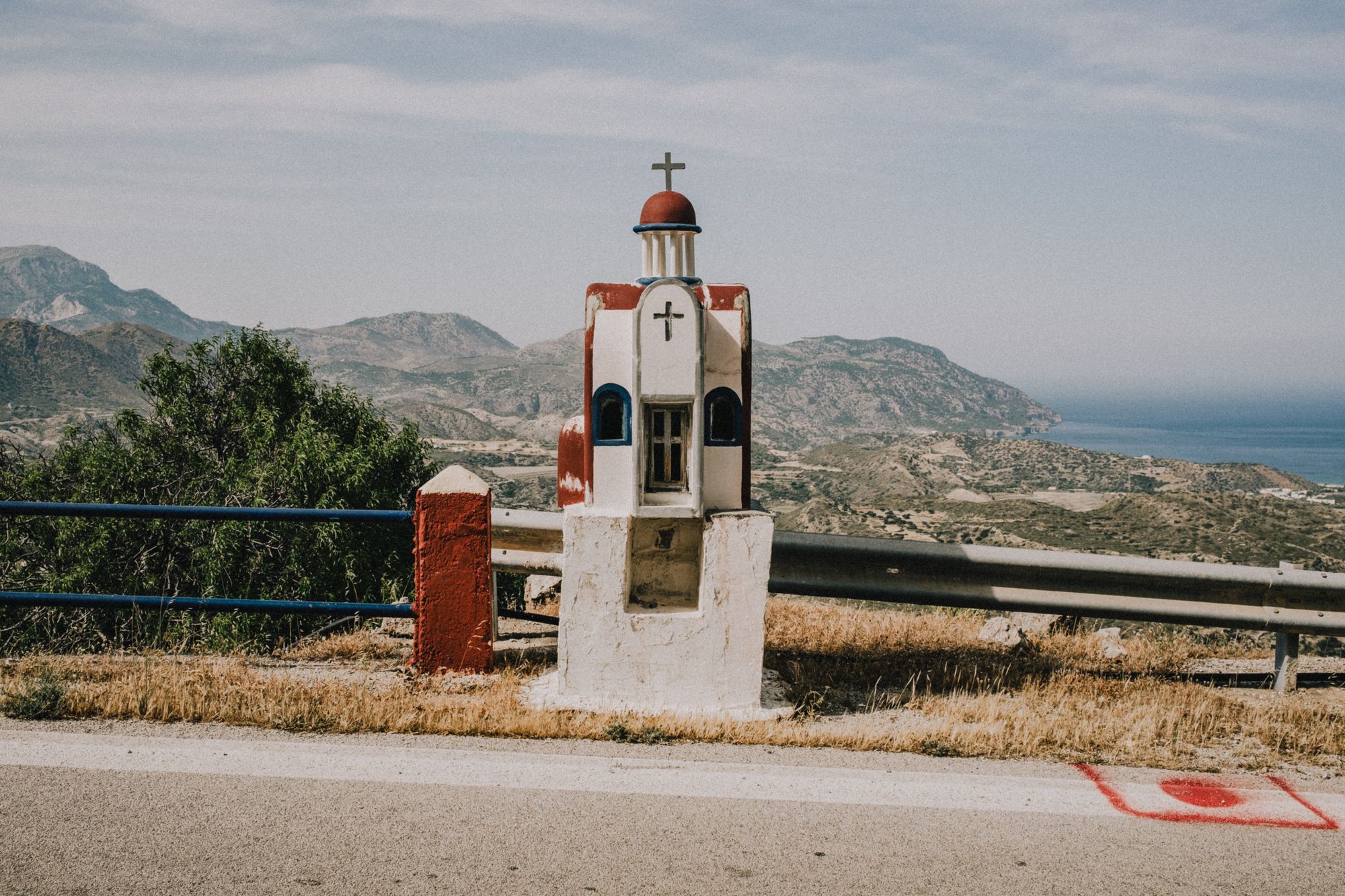





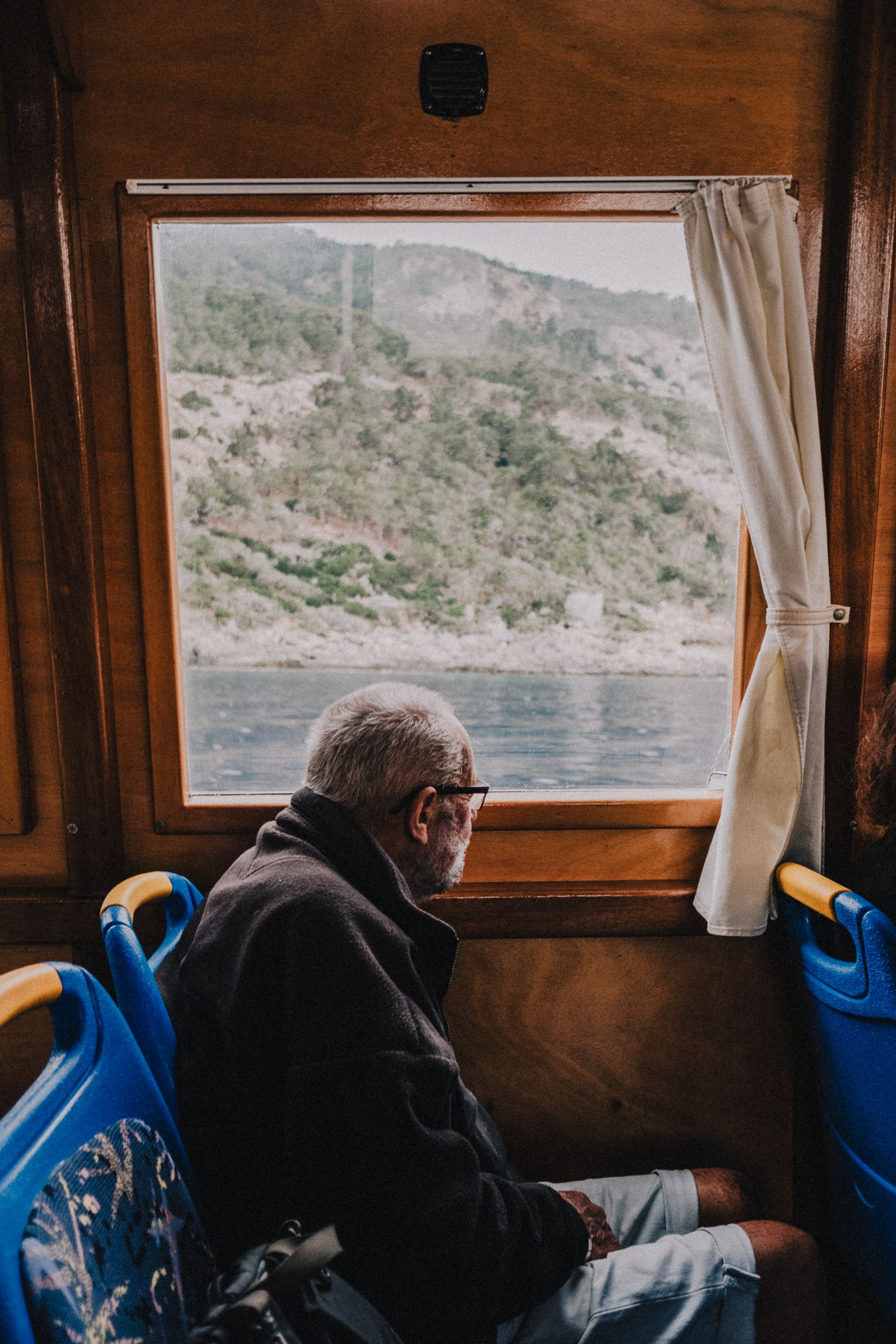









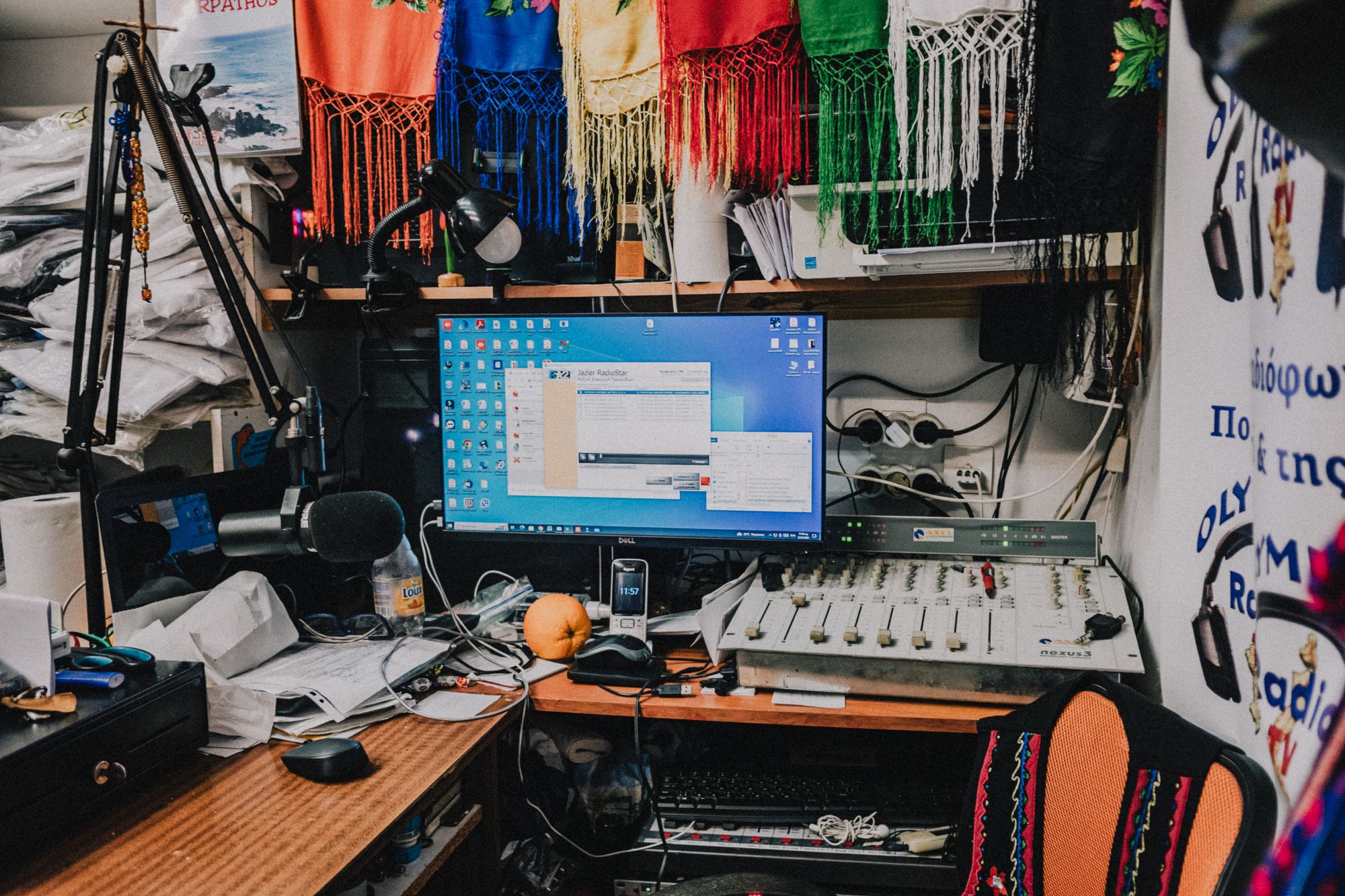

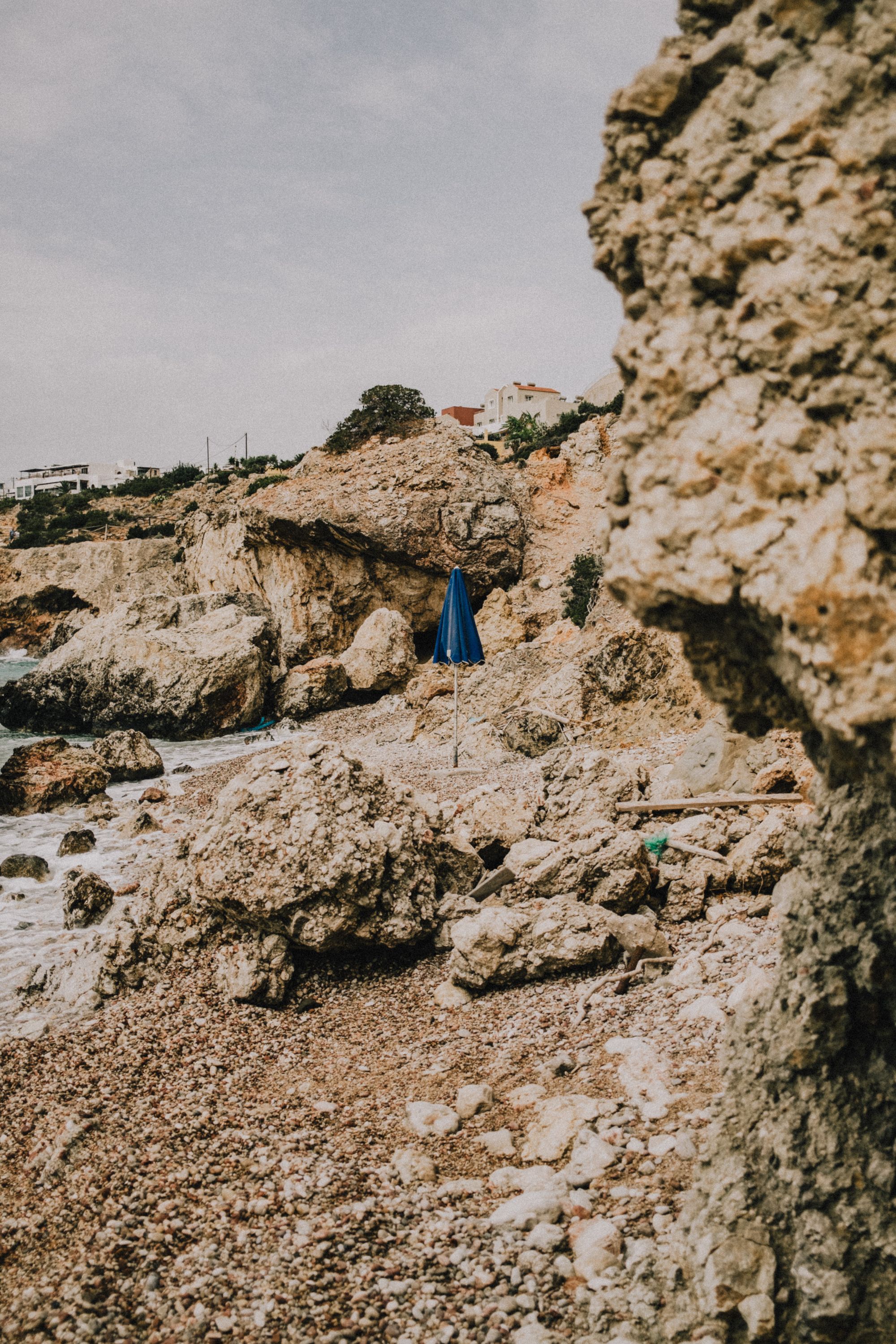


















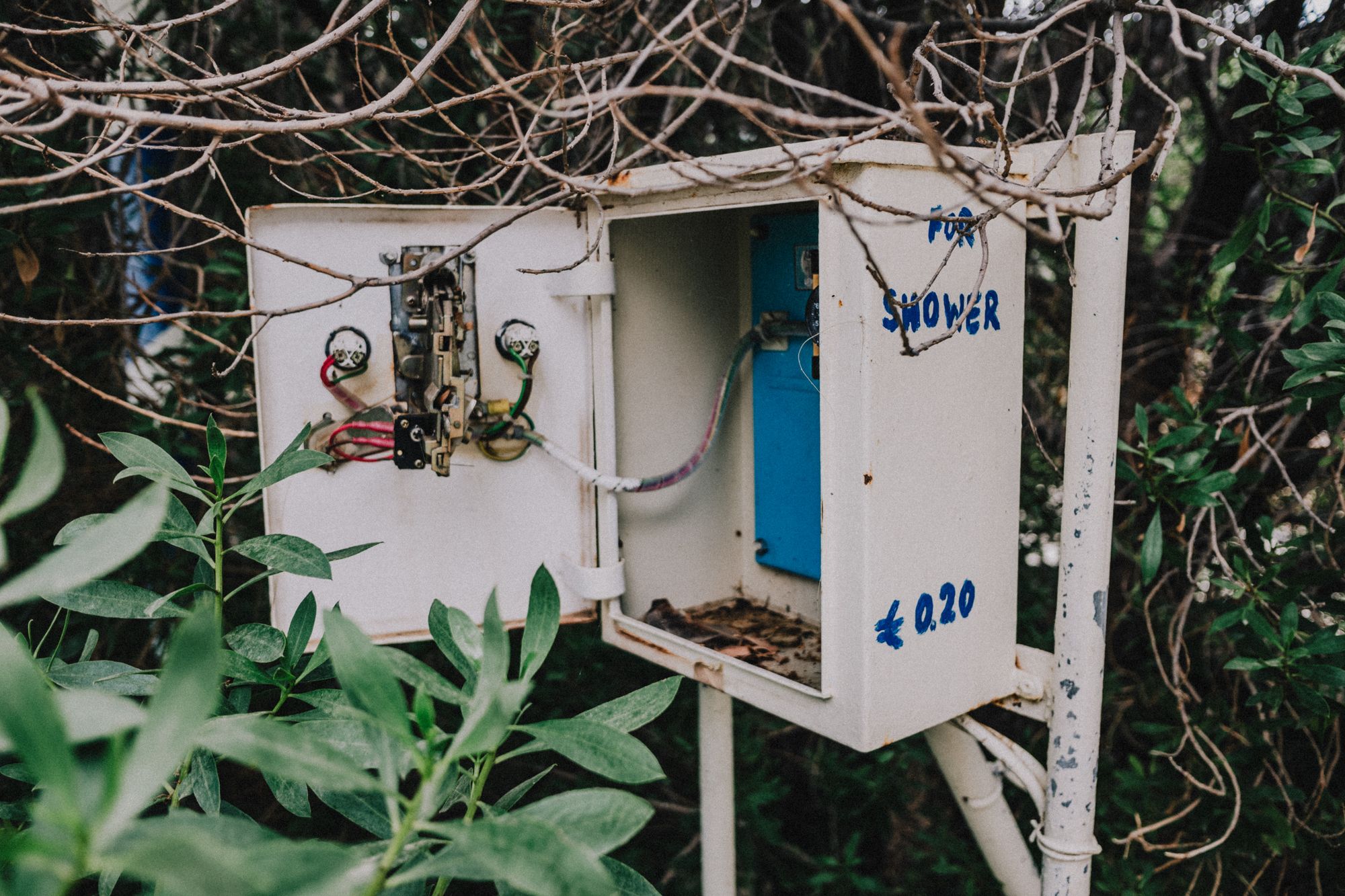





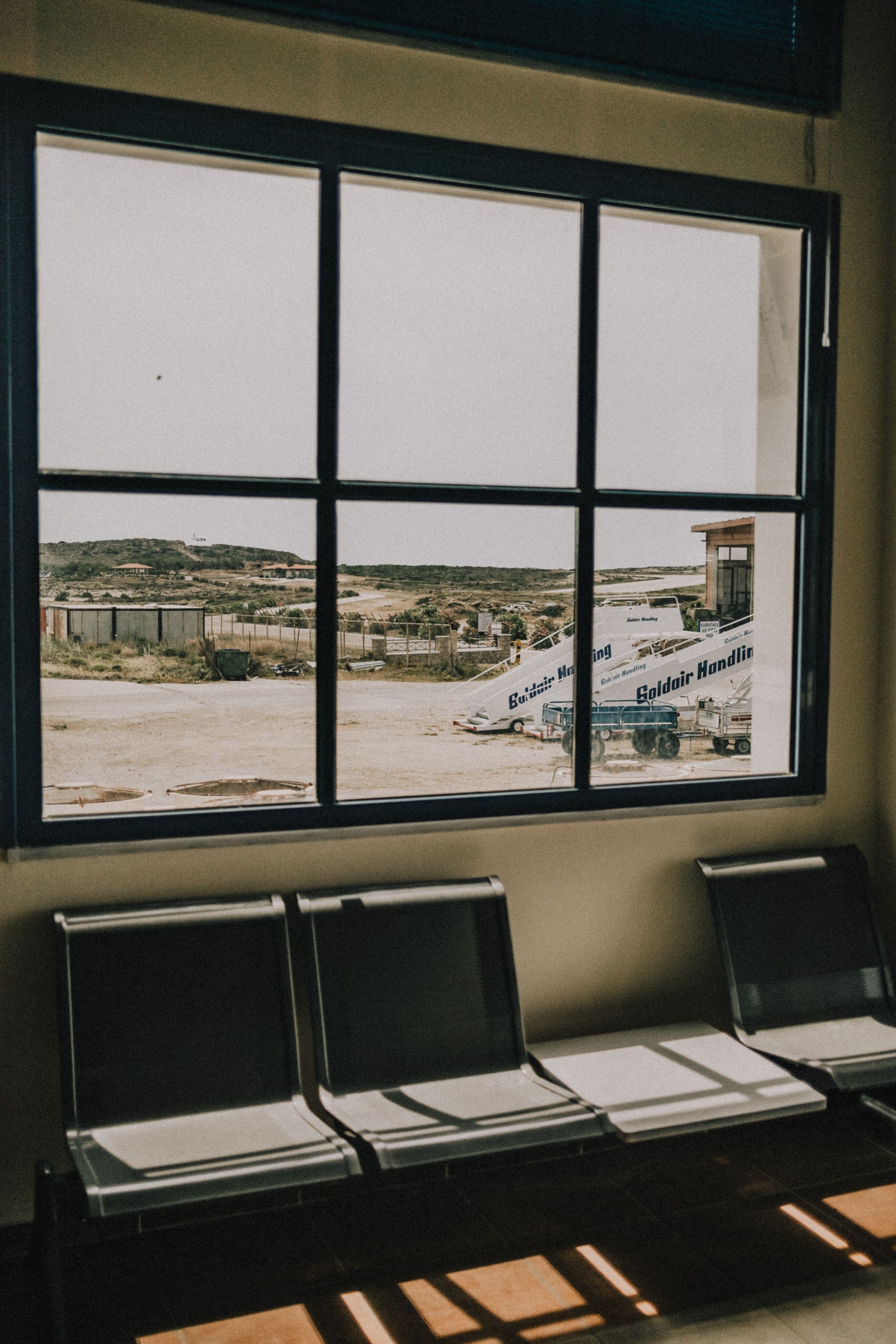

Buy a print

Dialogue Fine Art Print
Dialogue is available as a single print (pick your favorite!) or as a diptych. The framed version of Dialogue was exhibited at Blauwdruk 2023 and is also for sale.
View more
Want to see more? You can view the entire, unfiltered, work from Karpathos in my online archive. Just click the link below.

Secondly, I also produced a video during this trip to Karpathos. You can give that a watch below as well.
